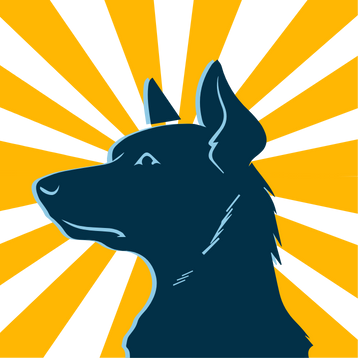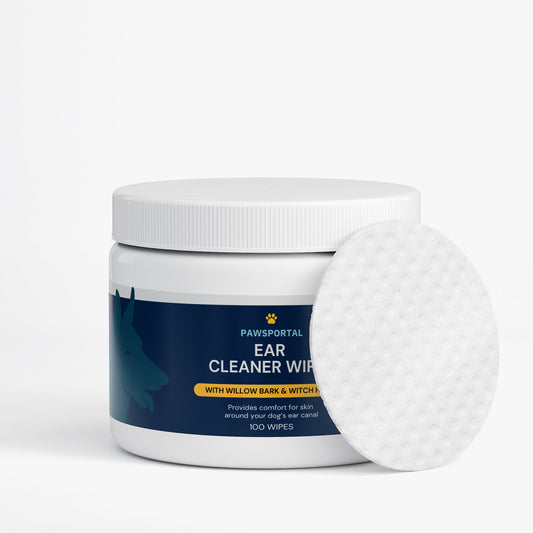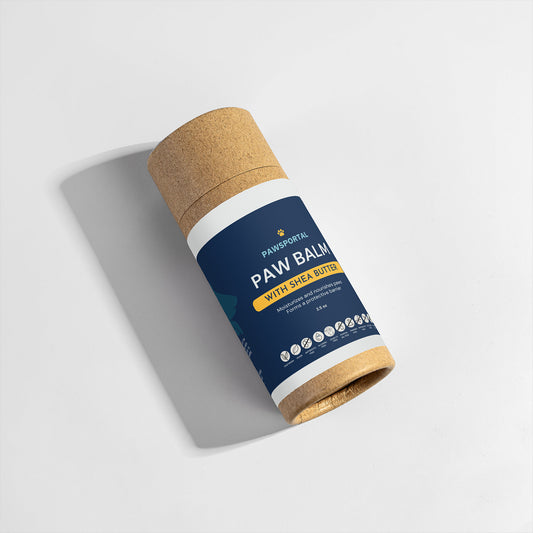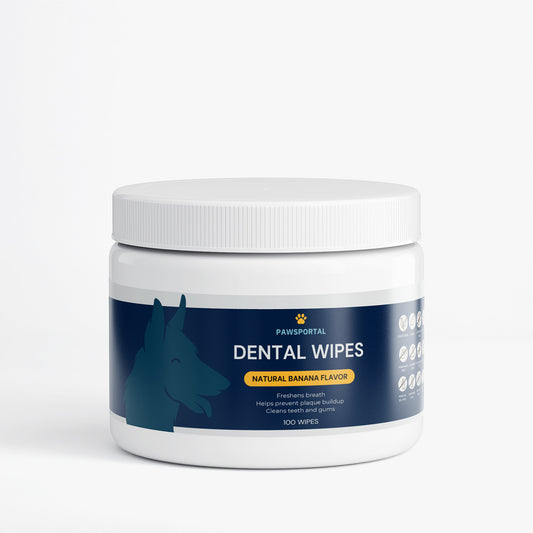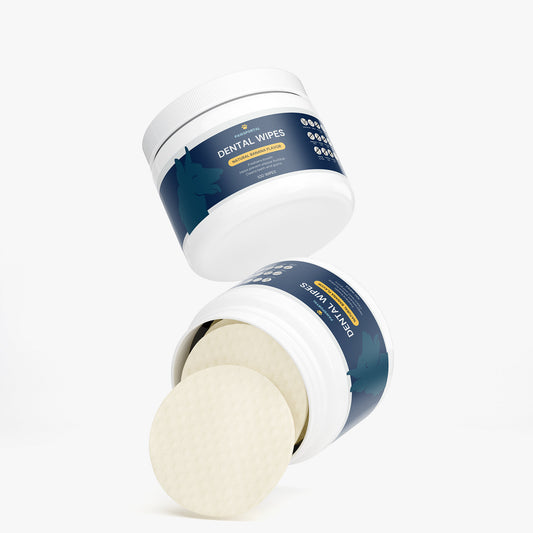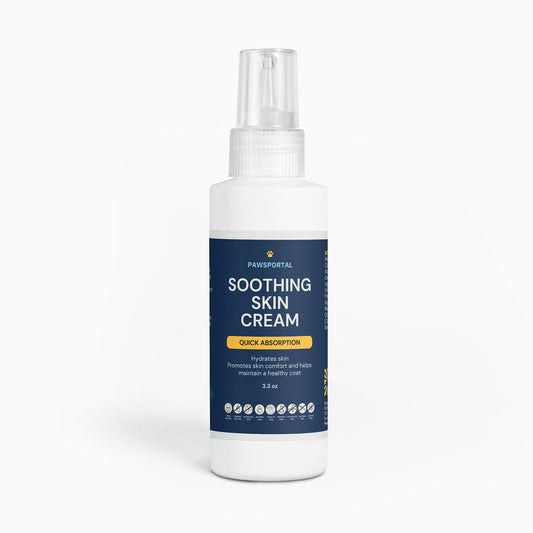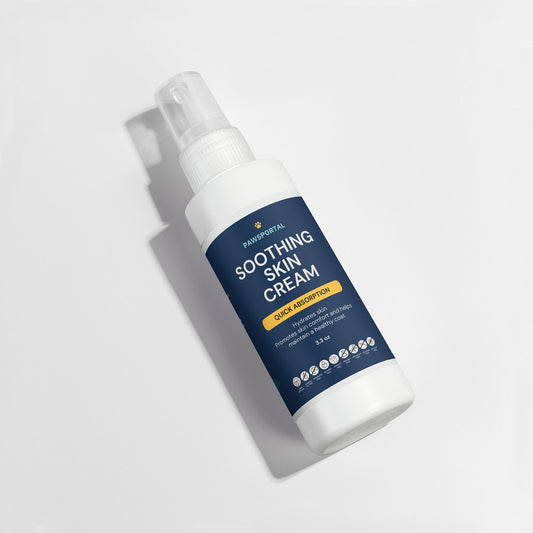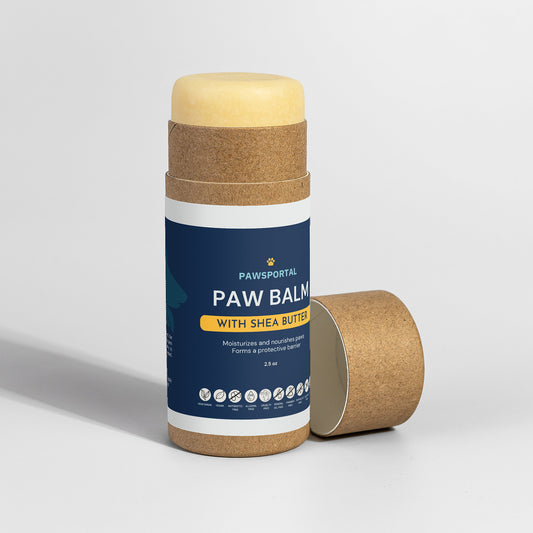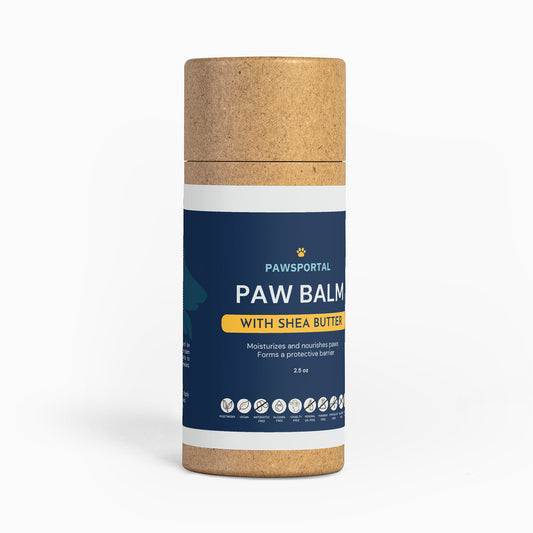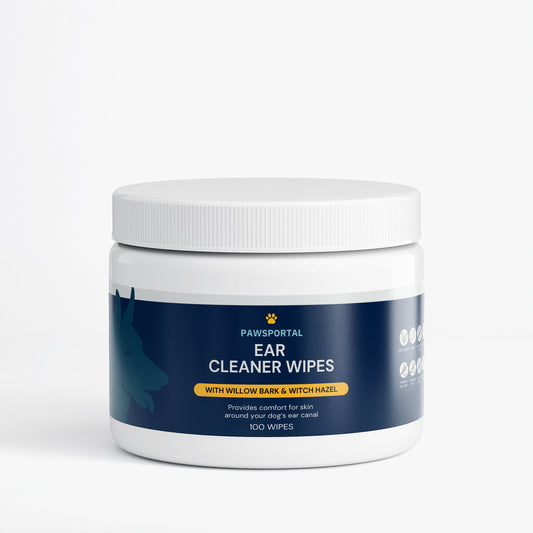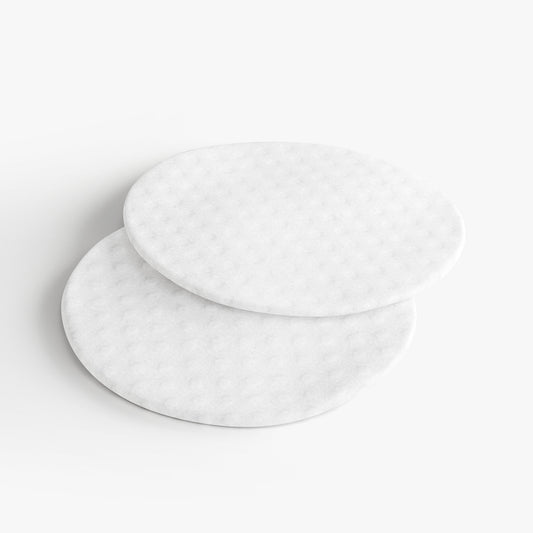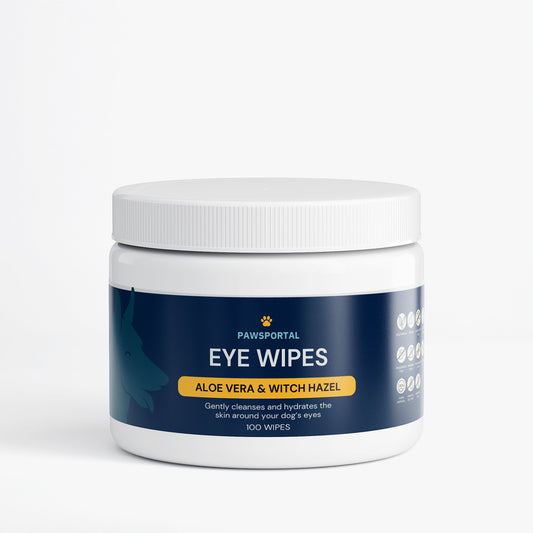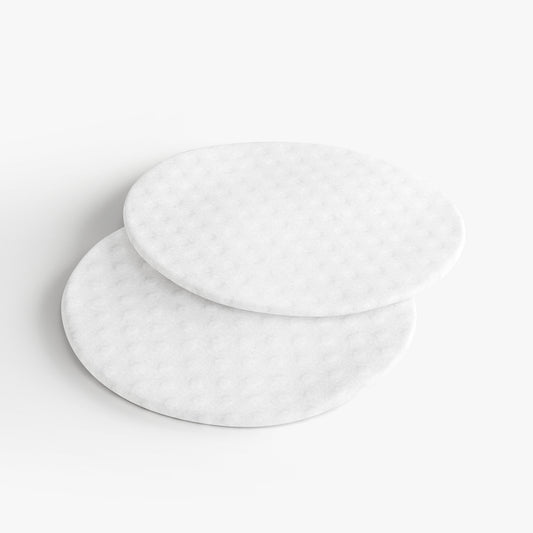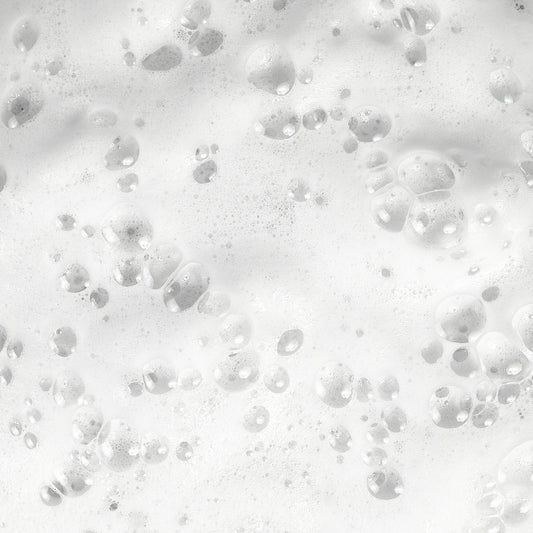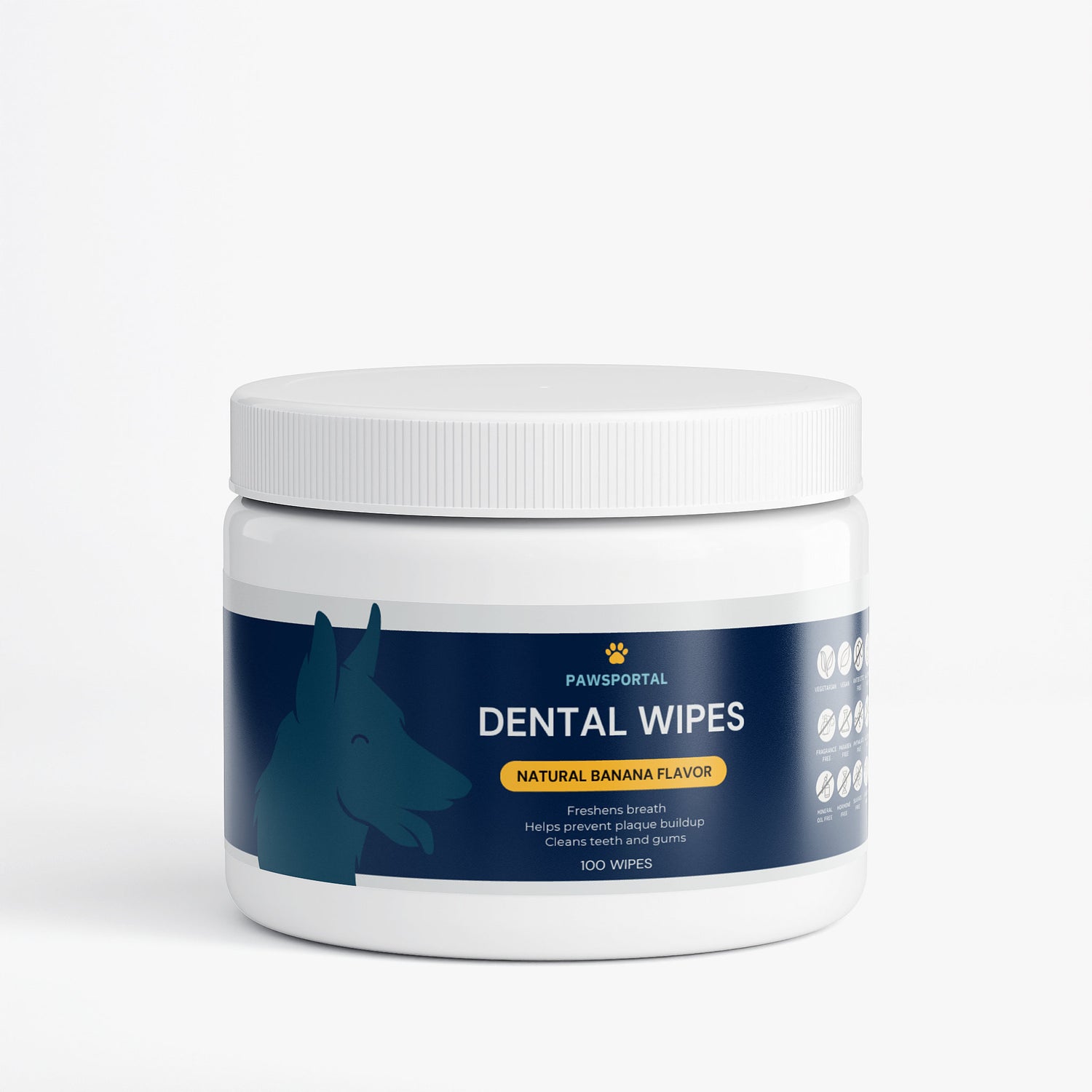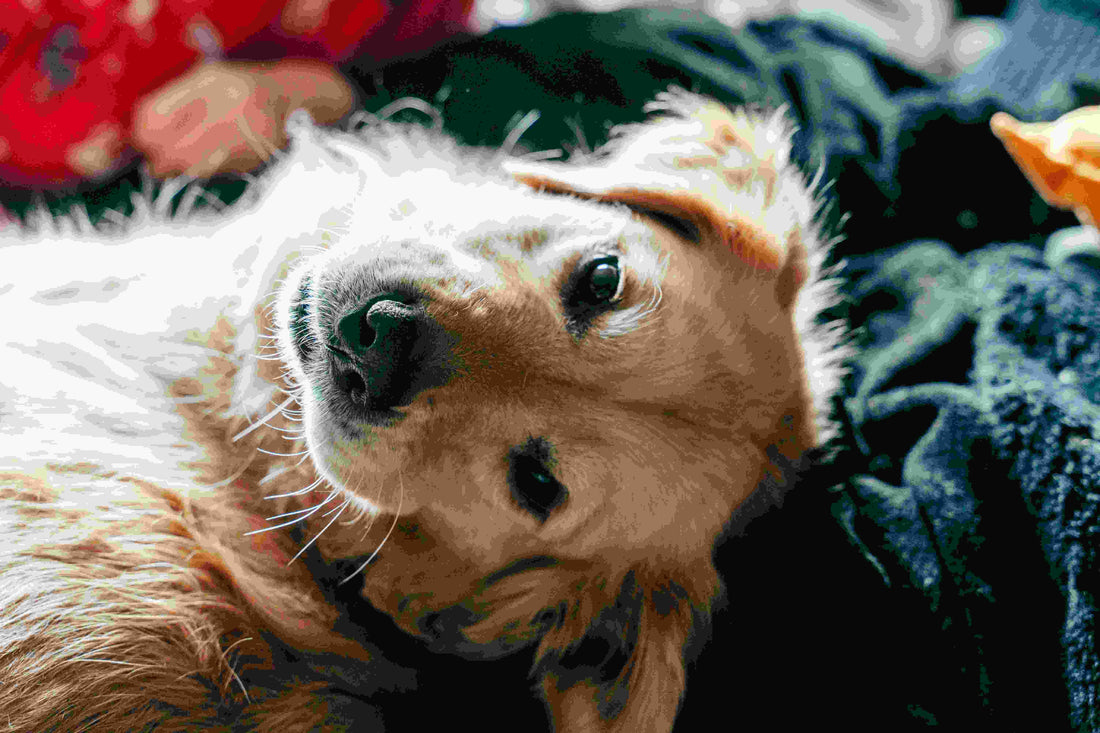
The Complete Guide to Golden Retrievers
Share
Golden Retrievers, with their sun-kissed coats and heartwarming smiles, have captured the hearts of dog lovers for generations. Did you know that over 70% of Golden Retrievers in the U.S. are family pets, yet their DNA still carries the athletic prowess that made them indispensable hunting companions in 19th-century Scotland? For millennial dog moms seeking a loyal, adaptable companion who thrives on both adventure and couch cuddles, this breed offers the perfect balance of energy and affection. This comprehensive guide merges historical insights with modern holistic care strategies, empowering you to nurture your Golden’s physical health and emotional well-being while fitting seamlessly into your active lifestyle.
______________________________________________________________________________________________

From Scottish Estates to Family Homes: The Golden Retriever’s Journey
The Golden Retriever’s origins are remarkably well-documented compared to many breeds. In 1868, Scottish aristocrat Lord Tweedmouth began developing the breed at his Guisachan estate near Inverness. By crossing a yellow Wavy-Coated Retriever named Nous with a Tweed Water Spaniel (a now-extinct breed), he laid the foundation for a dog that could retrieve game undamaged from both land and water. Subsequent breeding integrated Irish Setters, Bloodhounds, and more retrievers, refining their scenting ability and gentle mouth grip.
These "Yellow Retrievers" remained exclusive to British elites until 1908, when Lord Harcourt showcased them at London’s Kennel Club show. The American Kennel Club recognized the breed in 1925, and by the 1990s, Goldens became one of America’s most popular dogs—a status they maintain today due to their versatility as therapy dogs, search-and-rescue partners, and family companions.
______________________________________________________________________________________________
Anatomy of a Golden: Physical Traits Optimized for Activity
Size and Structure
- Males: 23–24 inches tall, 65–75 lbs
-
Females: 21.5–22.5 inches tall, 55–65 lbs
Their balanced, muscular build features a level topline, deep chest, and otter-like tail that acts as a rudder during swimming. The breed’s "double suspension gallop"—where all four feet leave the ground twice per stride—enables effortless running.
Coat and Coloration
The water-resistant double coat consists of:
- Undercoat: Dense, soft insulation
-
Outercoat: Wavy or straight guard hairs
Acceptable shades range from light cream to rich gold, with feathering on the legs, chest, and tail. Contrary to popular belief, white markings on the chest are permissible per breed standards.
Distinctive Features
- Eyes: Dark brown with intelligent, friendly expression
- Ears: Medium-sized, hanging just below jawline
- Paws: Webbed toes for swimming, thick pads for rough terrain
______________________________________________________________________________________________
Temperament: The Golden’s Heart of Gold
Core Personality Traits
- Affectionate: 92% of owners report constant "shadowing" behavior
- Intelligent: Rank 4th in Stanley Coren’s The Intelligence of Dogs
- Adaptable: Thrives in apartments (with exercise) or rural homes
- Patient: Tolerates children’s antics better than 78% of breeds
Socialization Tips for Puppies
- Weeks 8–16: Expose to 5 new people/dogs weekly
- Sound Desensitization: Play urban noise recordings gradually
- Surface Training: Walk on grates, tile, and gravel to prevent phobias
- Mouthing Control: Redirect biting to chew toys immediately
______________________________________________________________________________________________
Holistic Health Management: Beyond Conventional Care
Common Health Concerns
|
Condition |
Prevalence |
Prevention Strategies |
|
Hip Dysplasia |
20% |
Weight management, glucosamine supplements |
|
Cancer |
60%† |
Annual screenings, antioxidant-rich diet |
|
Allergies |
25% |
Omega-3 supplements, hypoallergenic grooming |
|
Heart Issues |
15% |
Annual echocardiograms, CoQ10 supplements |
†Lifetime risk in Goldens; lymphoma most common
Integrative Wellness Approaches
1. Acupuncture: Reduces post-surgical pain by 38% in canines
2. Chiropractic Care: Improves mobility in dogs with arthritis
3. Herbal Remedies:
- Turmeric: Anti-inflammatory for joint health
- Chamomile: Soothes anxious dogs during thunderstorms
4. CBD Oil: 300–600 mg daily may reduce seizure frequency (consult vet)
______________________________________________________________________________________________
Exercise Science: Fueling the Golden Athlete
Age-Based Activity Guidelines
|
Age |
Daily Exercise |
Recommended Activities |
|
8–16 weeks |
5 min/month age |
Short walks, puzzle toys, basic fetch |
|
4–12 months |
45–60 minutes |
Swimming, agility foundations, hike prep |
|
1–7 years |
60–90 minutes |
Running, dock diving, advanced obedience |
|
8+ years |
30–45 minutes |
Hydrotherapy, scent games, gentle hikes |
Mental Stimulation Hacks
- Frozen Kongs: Stuff with pumpkin, peanut butter, and kibble
- Nose Work: Hide treats in muffin tins covered with tennis balls
- DIY Agility: Use pool noodles for jumps, hula hoops as tunnels
______________________________________________________________________________________________
Grooming Like a Pro: The Holistic Approach
Coat Maintenance Routine
- Brushing: 3x/week with slicker brush + undercoat rake
- Bathing: Every 6–8 weeks using oatmeal shampoo
- Shedding Solution: Add 1 tbsp flaxseed to meals daily
Paw and Nail Care
- Monthly Paw Soak: 1 cup Epsom salt + 2 drops lavender oil in warm water
- Nail Grinding: Use rotary tool weekly to prevent quick overgrowth
______________________________________________________________________________________________

Nutrition: Building Resilience from Within
Dietary Recommendations
- Protein: 25–30% from fish, turkey, or lamb
- Fats: 12–15% including DHA for brain health
- Carbs: Sweet potatoes, blueberries, pumpkin
- Hydration: Add bone broth to kibble (1/4 cup per meal)
Supplement Protocol
|
Supplement |
Dosage |
Benefit |
|
Probiotics |
5–10 billion CFU |
Gut health |
|
Fish Oil |
1,000 mg EPA/DHA |
Skin/coat, joints |
|
MSM |
50–100 mg |
Reduces inflammation |
|
Colostrum |
500 mg |
Immune support |
______________________________________________________________________________________________
Training for Golden Retrievers
Golden Retrievers’ intelligence and eagerness to please make them highly trainable, but their responsiveness depends heavily on cue clarity and training methodology. Recent studies reveal that dogs process visual information 40% faster than verbal commands, and combinations of hand signals + verbal cues yield 28% quicker responses than verbal-only training. This section synthesizes cutting-edge research to optimize your Golden’s training regimen.
_______________________________________________________________________________________________
Foundational Cues: Building Communication Literacy
1. "Watch Me" (Attention Lock)
Why it matters: Goldens’ genetic predisposition to scan environments (a remnant of their retrieving heritage) can lead to distraction. A 2024 University of Naples study found dogs trained to maintain eye contact for 3+ seconds showed 73% better focus during complex tasks.
Training protocol:
- Hold a treat near your eyes, say "Watch," and reward immediate eye contact.
- Gradually increase duration (1–5 seconds) before treating.
- Phase out treats by pairing with praise like "Good watch!".
2. "Touch" (Targeting)
Science-backed benefits: Targeting (nose-to-hand contact) activates the somatosensory cortex, enhancing cognitive flexibility. A 2023 study showed dogs trained in targeting learned new commands 35% faster than controls.
Application:
- Present palm, say "Touch," reward nose contact.
- Use to redirect from triggers (e.g., squirrels) or guide into positions.
3. "Leave It" (Impulse Control)
Neurological basis: This cue engages the prefrontal cortex—the brain’s impulse control center. Goldens trained with progressive difficulty (food → toys → live animals) showed 89% success rates in real-world scenarios.
Progression:
- Start with low-value items on floor, cover with foot if lunging occurs.
- Advance to tossing treats while walking, reinforcing "Leave" with high-value rewards.
______________________________________________________________________________________________
Advanced Skills: Leveraging Genetic Strengths
1. Scent Discrimination ("Find It")
Biological advantage: Goldens have 300 million olfactory receptors (humans: 6 million). Research shows they can identify target scents with 98% accuracy after 3 weeks of training.
Training framework:
- Hide treats in easy spots, say "Find" while pointing.
- Progress to scent boxes (essential oils on cotton balls).
- Use for mental stimulation or locating lost items.
2. Directional Retrieval ("Back" + "Give")
Breed-specific optimization:
- "Back": Teach to retreat using hand sweeps; critical for clearing doorways.
- "Give": Prevent resource guarding by trading items for higher-value rewards.
A 2025 study found Goldens trained in directional cues made 47% fewer errors in obstacle courses than peers.
______________________________________________________________________________________________

Socialization: Preventing Reactivity Through Science
1. "Greet" (Controlled Meetings)
Data-driven approach: Puppies socialized to 5+ novel stimuli weekly before 16 weeks showed 82% lower aggression rates in adulthood.
Protocol:
- Reward calm behavior 6 feet from strangers.
- Gradually decrease distance over sessions.
- Use "Greet" cue to permit controlled interactions.
2. "Place" (Emotional Regulation)
Neurochemical impact: Stationing on a mat increases serotonin production, reducing anxiety by 34% in trigger-rich environments.
Implementation:
- Lure to bed with treats, add "Place" cue.
- Practice during meals/TV time to build duration.
______________________________________________________________________________________________
Training Techniques: Maximizing Golden-Specific Learning
1. Multimodal Cue Delivery
- Phase 1: Teach gestures (open palm for "Stay," flat hand swipe for "Down").
- Phase 2: Add verbal cues 0.5 seconds after gestures.
- Phase 3: Fade gestures, using verbal only.
Studies show this "fading" method achieves 95% reliability versus 78% for verbal-only training.
2. Tone Differentiation
Goldens distinguish between 5+ vocal tones. Use:
- High-pitched: Encouragement ("Good job!")
- Mid-tone: Neutral commands ("Sit")
- Low-pitch: Corrections ("Ah-ah")
3. Errorless Learning
Setups ensuring 90%+ success rates prevent frustration:
- Use leashes/lures to guide into positions.
- Reward approximations (e.g., any downward head movement for "Down").
A 2024 trial found errorless-trained Goldens learned complex sequences 2.1x faster
______________________________________________________________________________________________
Troubleshooting Common Golden Retriever Training Challenges
1. Mouthing/Jumping
- Interrupt: "Oops!" + turn away.
- Redirect: "Sit" → reward.
- Prevent: Teach "Four on Floor" by only engaging when paws are down.
2. Leash Reactivity
- Desensitization: Mark/reward calm behavior at sub-threshold distances.
- Engagement: Practice "Watch" + "Touch" during walks.
Data shows 15-minute daily sessions reduce lunging by 67% in 3 weeks.
By aligning training with Golden Retrievers’ biological strengths and cognitive preferences, you’ll nurture a confident, adaptable companion ready to thrive in modern life’s complexities.
______________________________________________________________________________________________
Is a Golden Retriever Your Perfect Match?
Ideal Home Checklist
- ✔️ Daily outdoor time (parks, hikes, backyard play)
- ✔️ Interest in training/sports
- ✔️ Budget for premium food ($80/month) + vet care
- ✔️ Tolerance for moderate shedding
Red Flags to Consider
- ✖️ Leaving alone >6 hours regularly
- ✖️ Dislike of grooming maintenance
- ✖️ Inability to commit to 10–12 year lifespan
______________________________________________________________________________________________
Embracing the Golden Life
Golden Retrievers offer more than companionship—they’re a lifestyle choice that rewards active, engaged owners with unwavering loyalty and joy. By integrating these science-backed strategies with your Golden’s care routine, you’ll nurture a resilient, happy partner for life’s adventures.
As you embark on this journey, remember: Your Golden isn’t just a pet—they’re a furry compass guiding you toward a life filled with purpose, play, and unconditional love.
______________________________________________________________________________________________
RELATED ARTICLES
- https://goldenretrieverclubofscotland.com/about-the-club/breed-origin/
- https://www.horseandhound.co.uk/dogs/golden-retriever-breed-factfile-851589
- https://www.akc.org/expert-advice/dog-breeds/golden-retriever-right-for-you/
- https://www.hillspet.ca/en-ca/dog-care/dog-breeds/golden-retriever
- https://grca.org/wp-content/uploads/2015/08/II.F.6_-_FinalGRCAStudyGuide20151.pdf
- https://www.mygoldenretrieverpuppies.com/blog/golden-retrievers-exercise-behavior
- https://www.bigheartedbreeders.com/2024/09/16/holistic-care-for-mini-golden-retrievers/
- https://app.oneminddogs.com/article/how-do-dogs-learn-the-science-behind-physical-and-verbal-cues
- https://www.companionanimalpsychology.com/2018/02/to-gesture-or-not-to-gesture-in-dog.html
- https://thesciencedog.com/2016/07/05/just-show-me-a-sign/
- https://be.chewy.com/10-tips-for-training-your-golden-retriever/
- https://www.animalbehaviorandcognition.org/uploads/journals/58/3 Scagel_ABC_11(2).pdf
- https://www.pet-tech.com.au/blogs/guides/dealing-with-aggression-in-golden-retriever-behaviour
- https://pmc.ncbi.nlm.nih.gov/articles/PMC8172801/
- https://susangarrettdogagility.com/2019/01/toning-up-on-cue-clarity-hearing-the-sirens/
